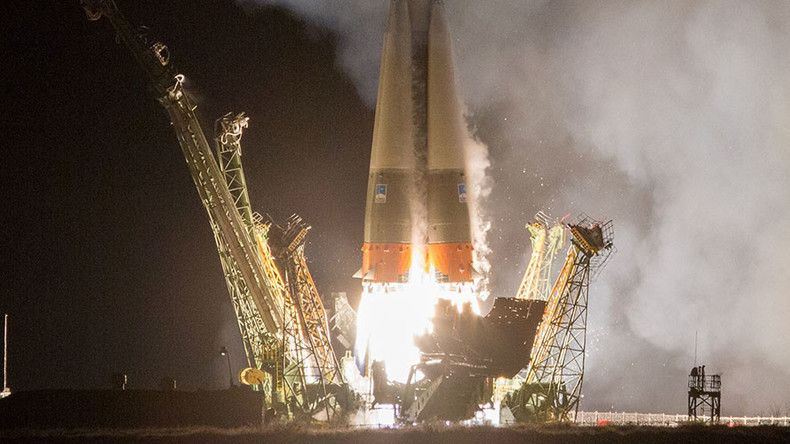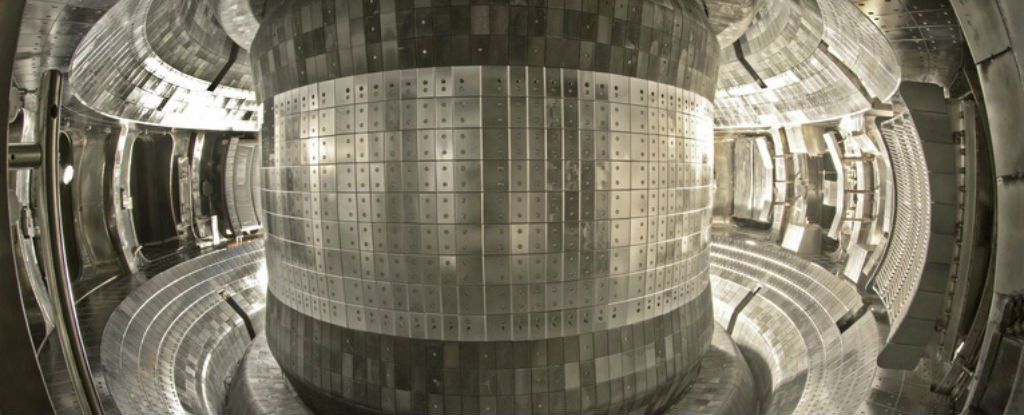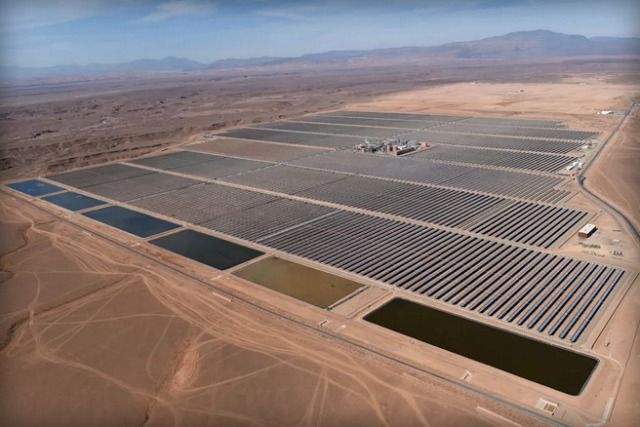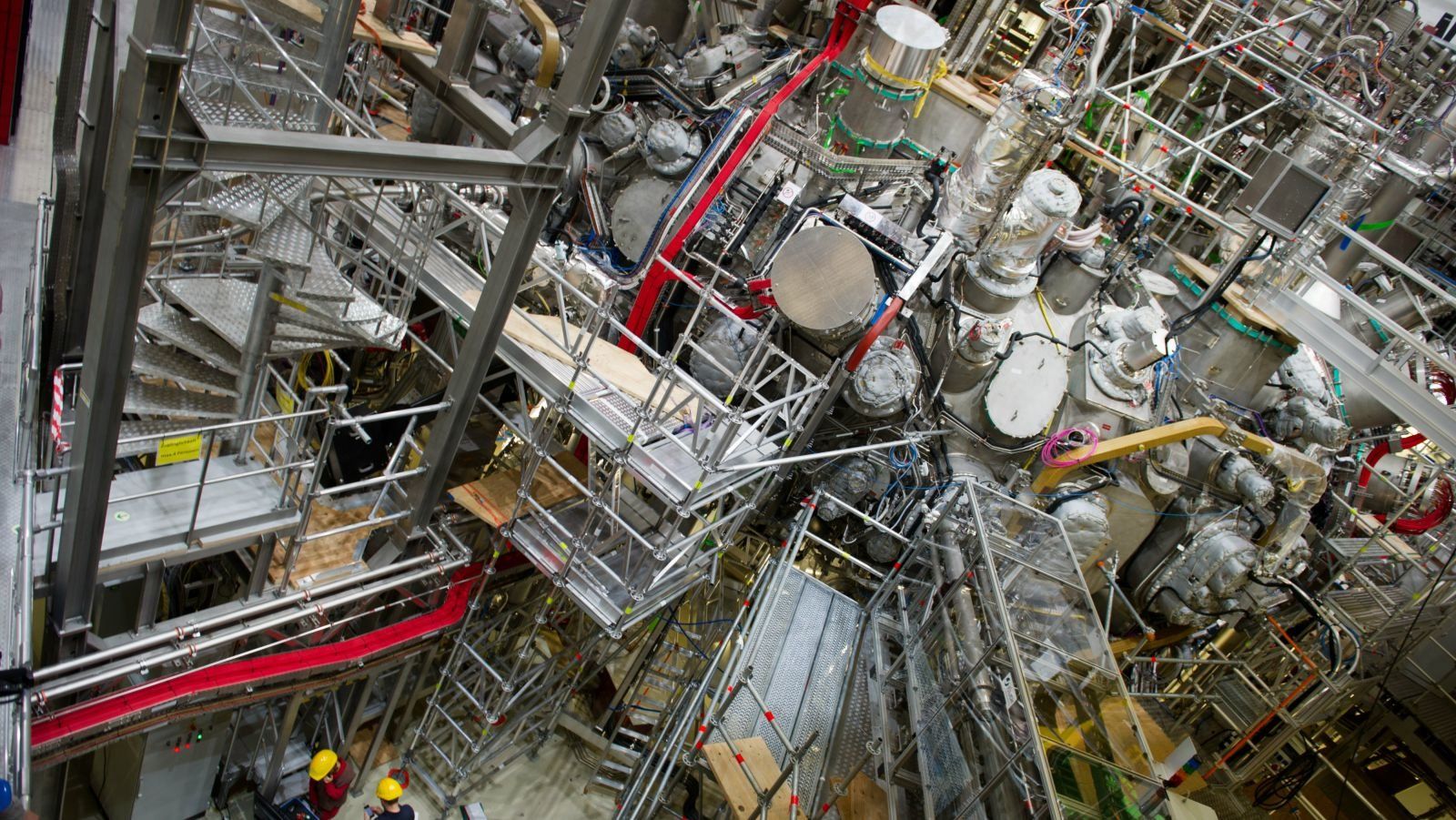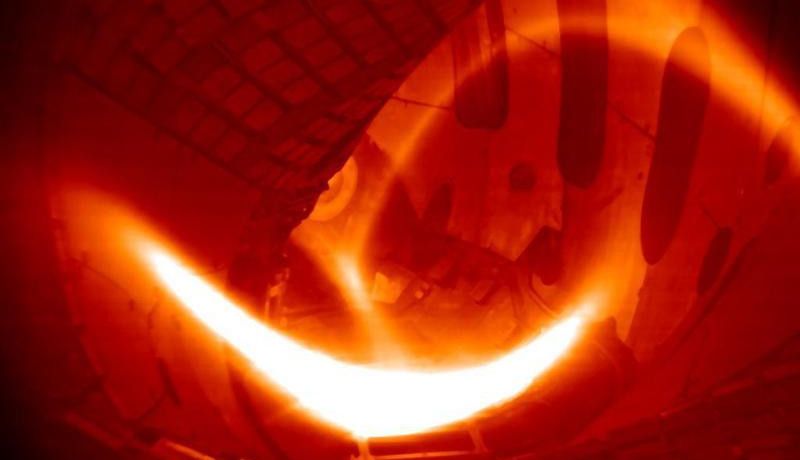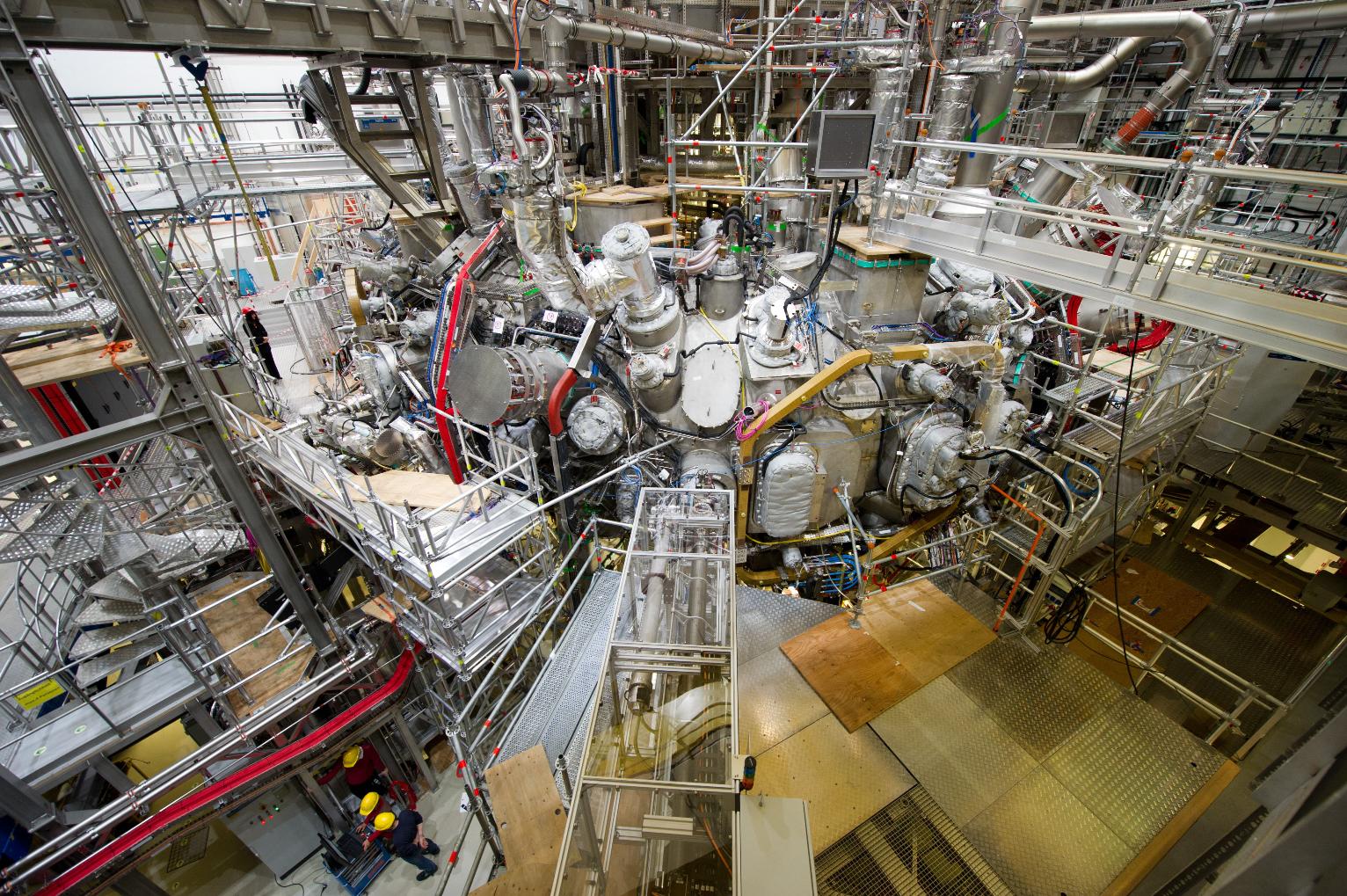82% of Energy Industry (power grids, nuclear, solar, gas, etc.) say that a Cyber Attack Could Cause Physical Damage — and they didn’t highlight those on some sort of life support or machine to help patients, etc. to live.
According to the results of a recent Tripwire survey of more than 150 IT professionals in the energy, utilities, and oil and gas industries, 82 percent of respondents said a cyber attack on operational technology (OT) in their organization could cause physical damage.
The survey, conducted in November 2015 by Dimensional Research, also found that almost 60 percent of respondents said they aren’t able to track all the threats targeting their OT networks, either because they don’t have the visibility necessary to track all threats (16.2 percent), because they only track threats that directly target their department (8.1 percent) or because there are just too many threats (35.4 percent).
“After hundreds of years protecting our nation’s geographic borders, it is sobering to note that possibly the most vulnerable frontier happens to be the infrastructure that runs the largest companies in the country,” Rekha Shenoy, vice president and general manager of industrial IT cyber security for Tripwire parent company Belden, said in a statement.
Read more
